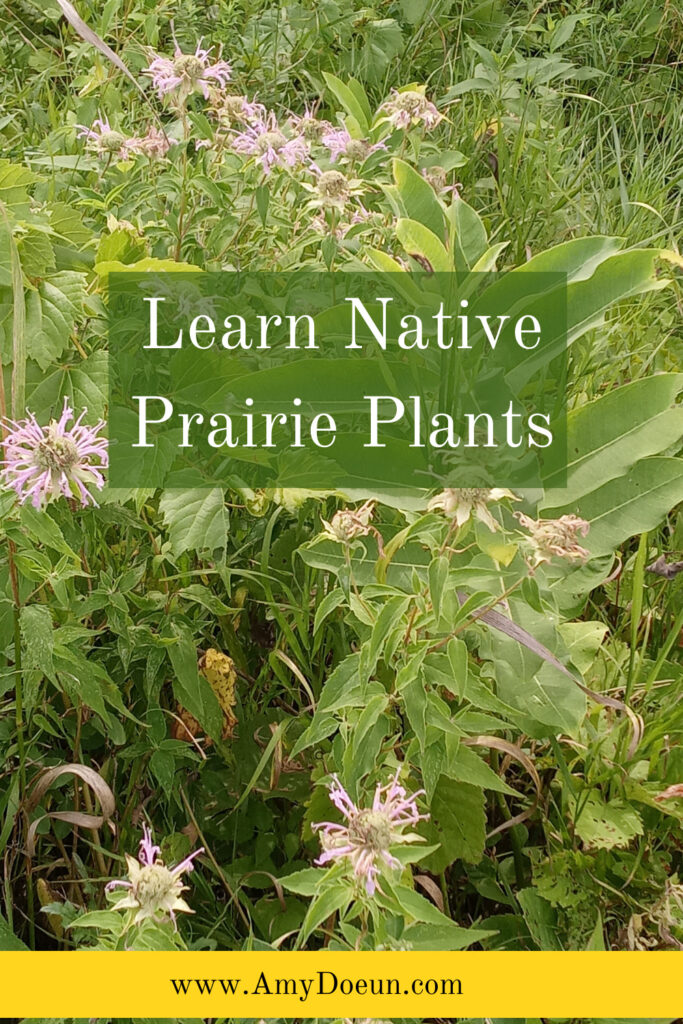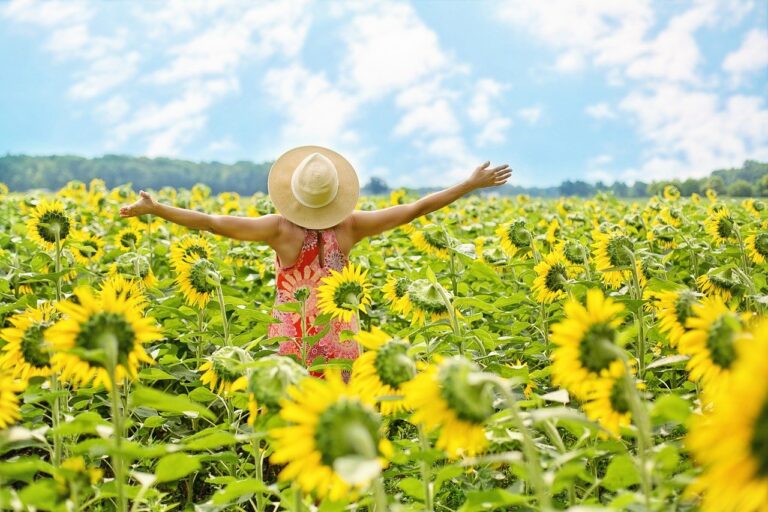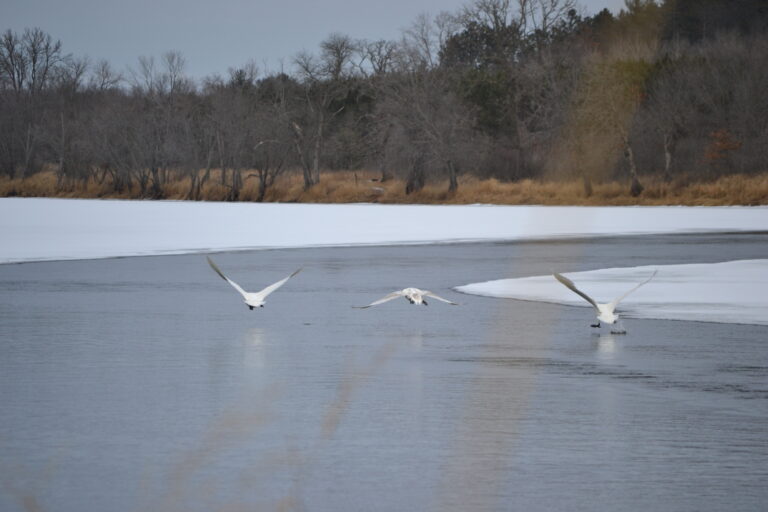Prairie Plant Walk
When I began studying herbs one of my favorite activities was going on plant walks. How it works is an experienced plant lover takes you out into the wild and points out plants so that in the future you can identify them. They might also share information about what the plant is used for. Allow me to take you on a Prairie Plant Walk.
I should say that the Prairie is not my native bioregion. But this weekend I visited Jeffers Petroglyphs and Lac Qui Parle State Park. At Jeffers I purchased a book entitled Cultural Plants of the Lower Sioux Indian Community. I used this guide extensively at Lac Qui Parle where I went on a plant walk (although there are lots of beautiful plants at Jeffers).
My Favorite Method for Plant Identification
There are many pocket field guides and apps. But my favorite way to identify plants is to use the “Picture This” App from Google. Once I have an idea of what the plant is, I look it up in my field guide as a cross reference. This has served me very well. Sometimes the app is incorrect, especially when it is hard to isolate one plant to get a picture of it. If you are only using the field guides it can be a little like looking for needle in haystack. For example look at the Gumweed plant below. It would not go well if I went to the “yellow flower” section and started thumbing through the entries on that info alone. But I was able to use the app, and then find Gumweed and confirm the identification. It never hurts to double check.
Gumweed

This is a large prolific plant that grows profusely on edges. It is a larger scrub plant. The leaves look much more dry than the lush green leaves of the deciduous forest I am more used to. It definitely have a “pokey” look. It flowers from midsummer to early fall. Under cultural uses it says, “tops are used to make an infusion which is given to children for stomach ache.”
Hoary Vervain/Hoary Verbena
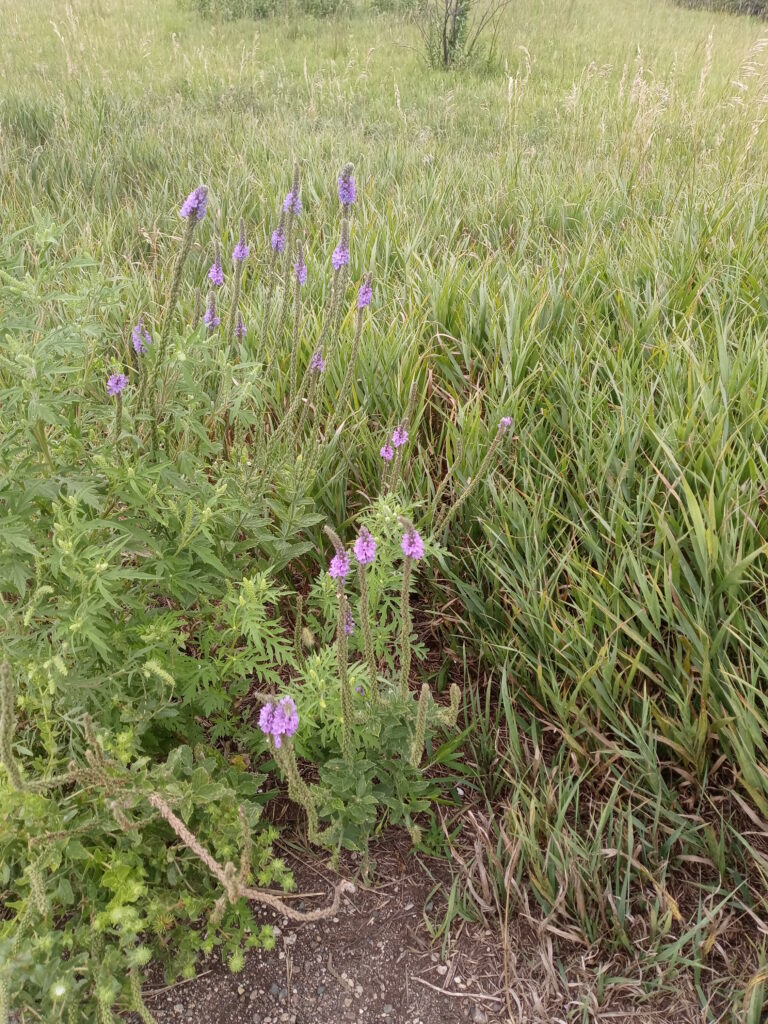
Vervain is one of my favorite plants. The more delicate varieties of Blue and White Vervain grow profusely on my property. Blue Vervain is also a cultural herb used in many northern European traditions. When I saw this plant it is very reminiscent of its delicate relatives, but more robust and sturdy. It has large, long flowers and flowers through most of the summer. Under cultural uses this one is also good for stomach aches. I would guess that it is a nervine that soothes frazzled nerves. Maybe that was a nervous stomach ache.
Bee Balm, Number 6, Wild Bergamot (Monarda Fistulosa)
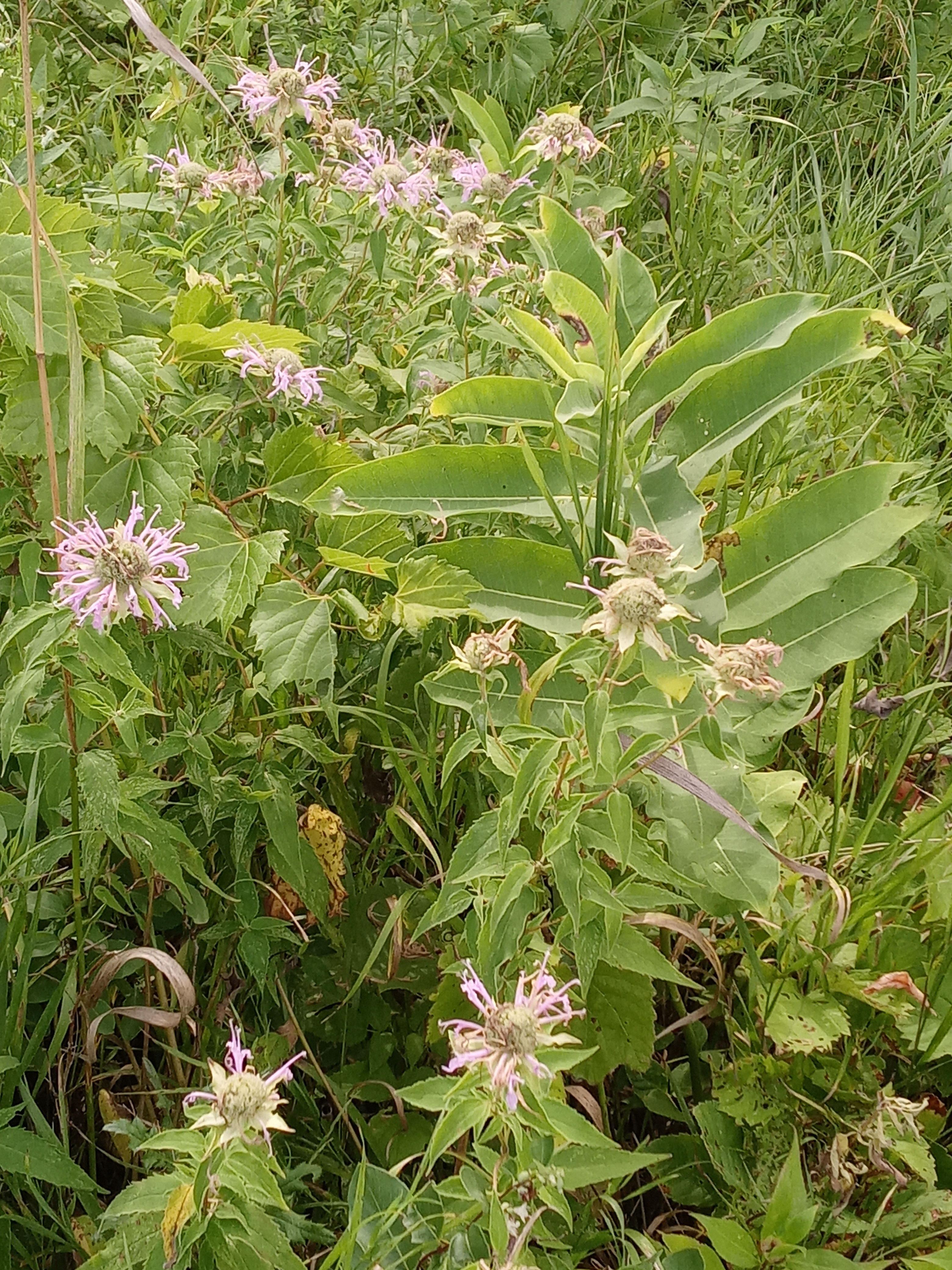
This plant has so many names. You will notice that they are varied. I find the herb often listed under Wild Bergamot. Monarda fistulosa is the Latin name. It is much loved by bees, hence the name bee balm. This plant is also known to have a flavor similar to oregano. Under cultural uses it was “valued as a perfume,” and once again used for “abdominal pains.”
Coneflower
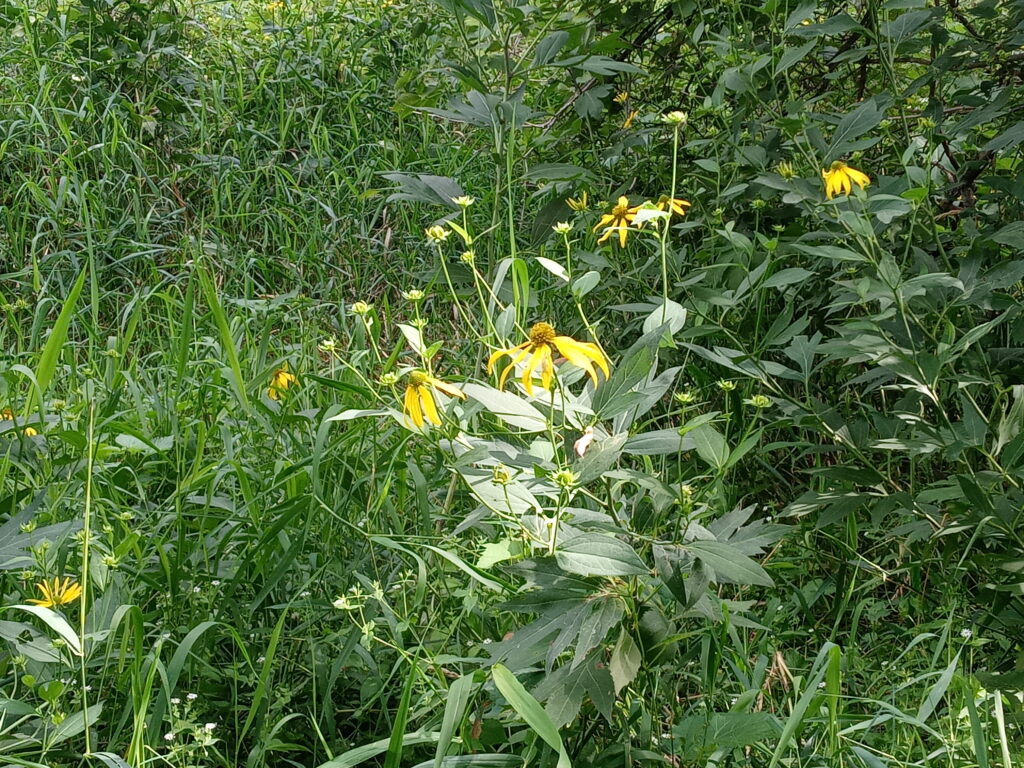
There are many varieties of coneflower. Echinacea (Purple Coneflower) is one of the most well known. I didn’t see any purple ones on my walk. My app said that this is Cutleaf Coneflower, my guide identified it as Prairie Coneflower. Under cultural uses we have “flowers were used to treat a number of pains such as chest pains and wounds.
Mullein
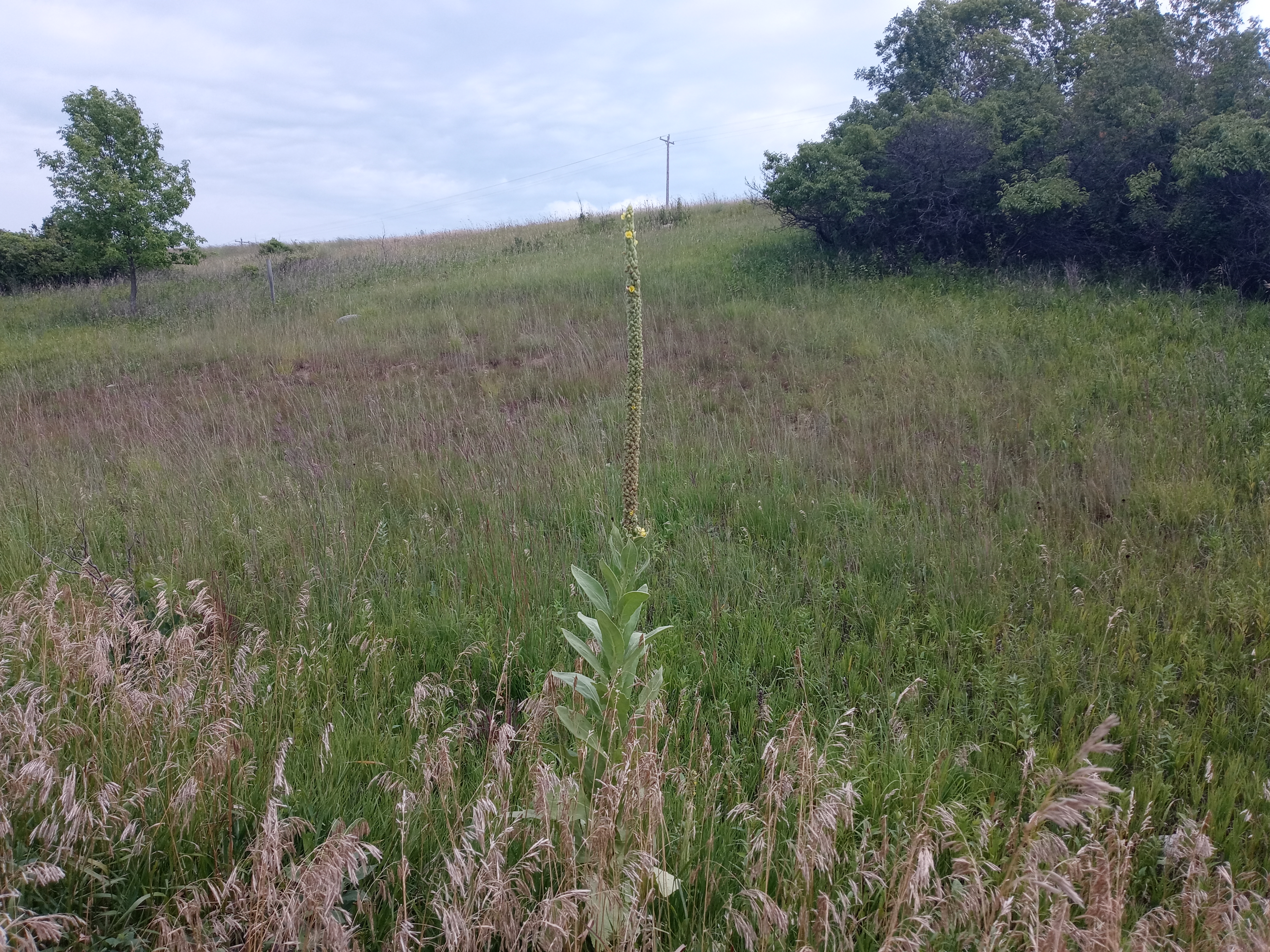
This is a 2nd year Mullein plant. In the first year it makes just a low basal rosette of super soft leaves. My husband is actually great with plants. One year we went camping and he made play spears with the dry stalks of mullein. I almost didn’t believe him that they were the same plant until I saw the growth in year 1 and then again in year 2. Mullein is a plant used around the world. The flowers are used to make an oil for ear aches. The leaves can be smoked for asthma attacks. There are many more uses for everything in between. I had to take a picture of this one in such a beautiful setting.
Horsetail

Horsetail is one of the oldest plants. This one was growing on the edge of the woods down by the water. It has a lot of silica in it. It is great for joints, but should be used with caution. It was also use as a “scouring brush” for cleaning.
White Sage
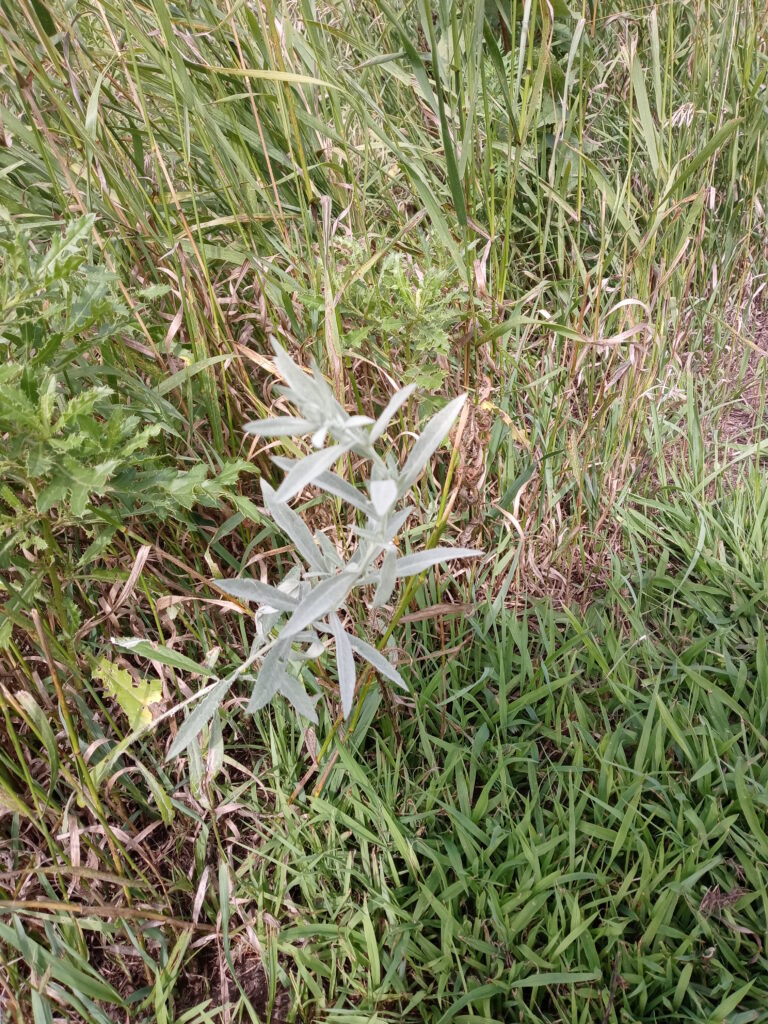
Sage is a plant associated with wisdom and ceremony. This special wild variety was used in bathing and preparing for special ceremonies.
I hope you enjoyed this quick walk through the prairie.
